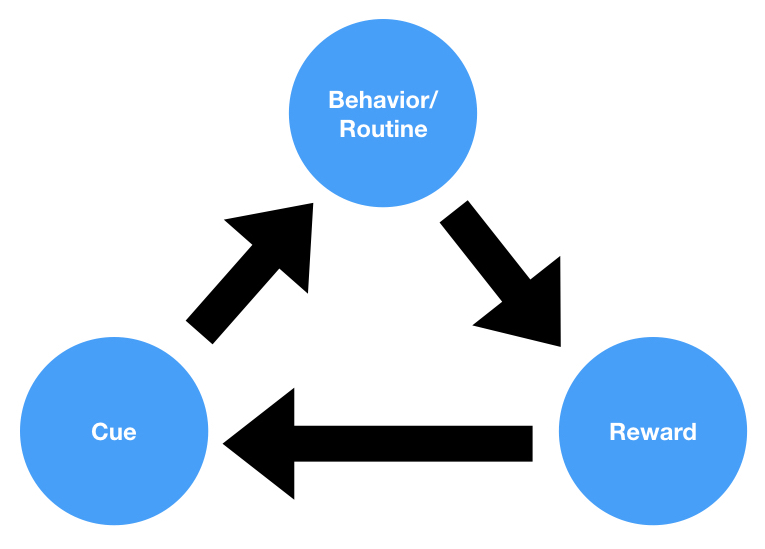What is a Gyrus?
A gyrus (plural: gyri) is a raised ridge or convolution found on the surface of the brain. Gyri are separated by shallow grooves called sulci, which together create a highly folded structure. The presence of gyri and sulci increases the surface area of the cerebral cortex, the outer layer of the brain responsible for higher cognitive functions such as thinking, perception, and decision-making.
Functions and Importance
-
Increased Surface Area
The presence of gyri and sulci allows the brain to have a larger surface area within the confines of the skull. This increased surface area enables the cerebral cortex to accommodate more neurons and neural connections, which contributes to the brain’s complex cognitive abilities.
-
Functional Regions
Specific gyri are associated with particular functions in the brain. For example, the precentral gyrus contains the primary motor cortex, which is responsible for controlling voluntary movement, while the postcentral gyrus contains the primary somatosensory cortex, which processes touch and other bodily sensations.
Major Gyri of the Brain
-
Precentral Gyrus
The precentral gyrus is located in the frontal lobe, immediately anterior to the central sulcus. It contains the primary motor cortex, which is responsible for controlling voluntary movement.
-
Postcentral Gyrus
The postcentral gyrus is located in the parietal lobe, immediately posterior to the central sulcus. It contains the primary somatosensory cortex, which processes touch and other bodily sensations.
-
Superior Temporal Gyrus
The superior temporal gyrus is located in the temporal lobe and is associated with processing auditory information and speech comprehension. It contains the primary auditory cortex and Wernicke’s area, a region critical for language comprehension.
Summary
Gyri are raised ridges on the surface of the brain that, along with the sulci, create a highly folded structure. They play a crucial role in increasing the surface area of the cerebral cortex and are associated with specific functional regions, contributing to the brain’s complex cognitive abilities.




